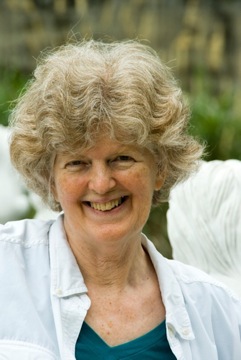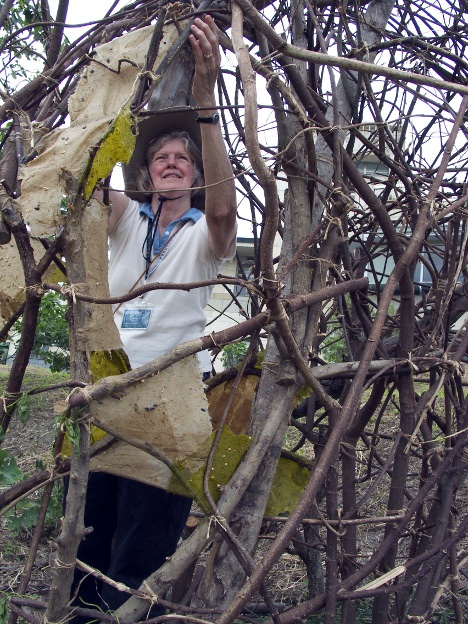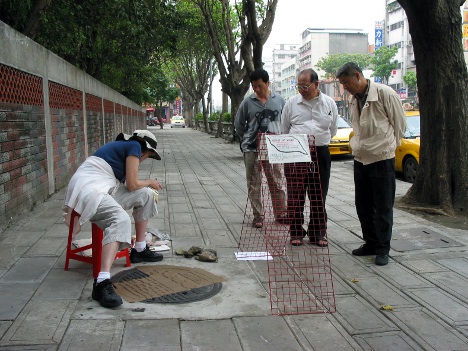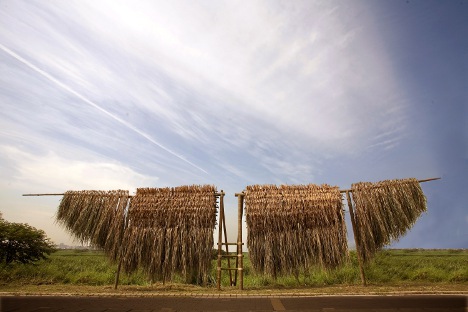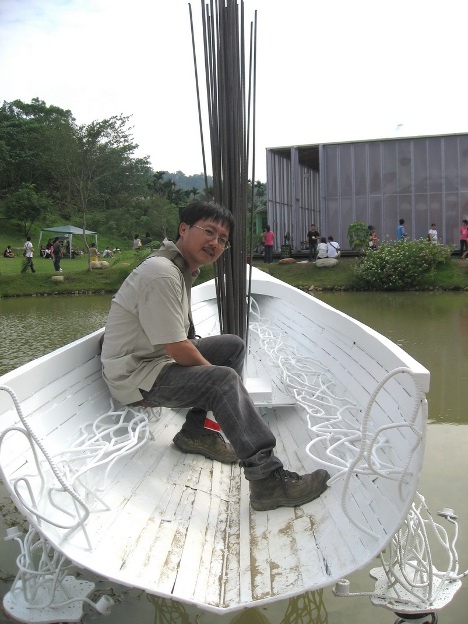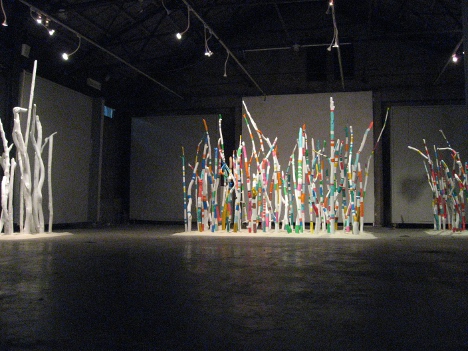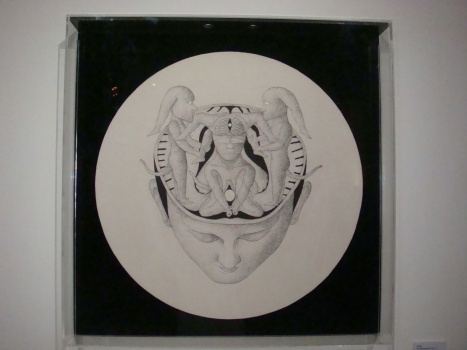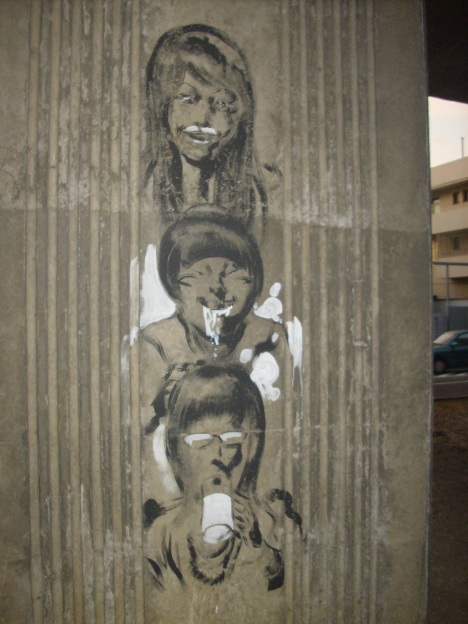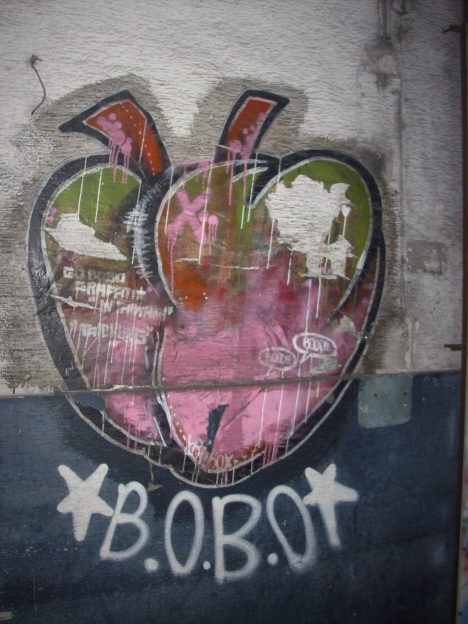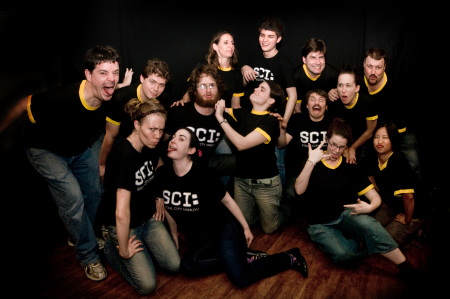Artist and exhibition curator Jane Ingram Allen has created art in everything from an elementary school to an old folks home. The Taichung resident has been living in Taiwan with her husband since moving to the island as a Fulbright scholar in 2004. Since then she has been involved with a number of influential community and international art events.
Under the Fulbright residency, Allen and her husband traveled the length and breadth of Taiwan holding community art workshops in paper making. She would usually start by making a map of the village or area in which she was working. “It was a way of learning the [local] culture,” she explains. “I would always collect things in each place to put in the map [and] the locals would bring me old pictures or old brochures of all of the famous things in their community.” The paper was made out of local plant materials: “I learned a lot about plants; ‘What grows here that doesn’t grow anywhere else in Taiwan?’”
Allen went on to found and curate, from 2006 to 2009, the Guandu International Outdoor Sculpture Festival, held in Taipei City’s Guandu Nature Park. Participating artists were required to create their artworks using only natural materials found locally. “In environmental art, if you’re trying to make something that is not going to pollute the environment and even be good for the environment, you have to think, as an artist, in a different way about materials. It’s a challenge to figure out how you can use bamboo to make nails.”
During 2010, Allen curated two exhibitions, Going Green: New Environmental Art from Taiwan and the ChengLong Wetlands International Environmental Art Project. ChengLong is small coastal fishing community in Yunlin County where flooding has created a wetland. It is now being promoted as a nature preserve and bird watching spot, bringing much needed tourist dollar to one of the poorest counties in Taiwan. The project involved international and local artists and, says Allen, “brought fresh energy to the local community and perhaps helped people realize that there is some value in having these wetlands and this art.”
With Going Green, Allen “wanted to show to the world that there are artists in Taiwan that are thinking about environmental issues and are presenting a different viewpoint.” The exhibition toured four US cities and she was ecstatic with the result. “You know, one thing that I think is really important about this show is that it brought two artists from Taiwan to each venue, so the local community had personal contact with the artists and with Taiwanese culture.”
International cultural exchange is crucial for Allen and she has been responsible for bringing a large number of international artists to Taiwan, as well as helping Taiwanese artists expose their work abroad. In her own art practice, she gradually became dissatisfied with the exhibition model offered by gallery spaces and found herself increasingly drawn to site-specific and 3-dimensional art creation. “Project-oriented pieces that are out in the community and involve local people and local materials. That’s why I have been so interested in residencies. When you do this kind of work you almost have to go to the place and do it.”
Ingram has a storeroom back in New York State that is crammed full of her artworks, “stuff I made and don’t want to throw away but really, what can you do with it? Maybe it will never sell and nobody will collect it.” This has led to a philosophy of impermanence that has a direct influence on her art. “I’m making pieces that either disappear over time or that are made for a particular place and I just leave it there. I think it is sort of liberating in a way; you don’t feel that your art is so precious that you have to keep it forever.”
This impermanence bleeds into the shows she curates. Most of the artworks in the ChengLong project, as well as the site-specific works made for Going Green, will eventually melt into the landscape and are made of materials that will help the environment. During her time in Taiwan, Allen has seen an increasing number of Taiwanese artists from all disciplines focusing on environmental issues. “I think because the environment is becoming such a pressing issue everywhere,” she explains. “Taiwan, because it is a smaller island, is going to be more affected because it is very crowded and very urbanised. I think even artists are starting to see this and think that it may be an important issue for them to make art about.” There is, however, still a long road ahead. “I don’t think environmental art will ever be a big movement in Taiwan until we see it in the public plaza. I think it would be a real stretch for a city to commission a sculpture made with hay bales.”
短暫的藝術
藝術家及展覽會館長Jane Ingram Allen在每件物品上都能創造藝術,不論是在國小校園裡或是養老院中,都看得到她的作品;自從2004年以Fulbright留學生身份來到台灣後,這位台中巿民就和她的丈夫一直生活在台灣;自此之後,她就一直忙於社區及國際藝術的活動。
在Fulbright實習下,Allen和她的丈夫遊遍台灣,並且舉行造紙的社區藝術講座,她通常會以當下她正在創作的主題為開頭,比如製作村莊或地區地圖等;她說:「這是一種學習"當地"文化的一種方式,我習慣在每個地方收集東西來放進我的地圖,而且當地人也都會帶舊照片或者印有當地名產或名勝古蹟的小冊子給我。」而這紙是由當地植物材質製成,「對於植物,我學習了很多,有什麼是在台灣生長且不在其它地方生長的呢?」
Filed under: Art, Culture, Taiwan | Tagged: Jane Ingram Allen, Kate Nicholson | 2 Comments »



